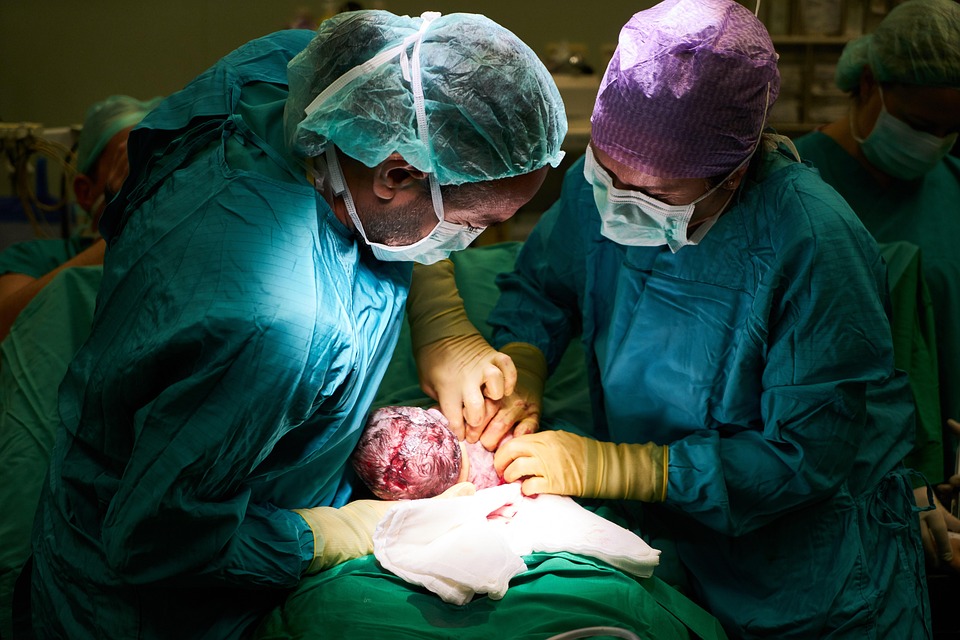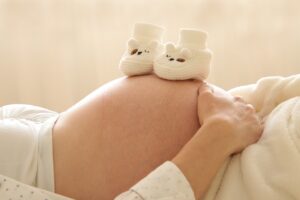
The decision between natural birth and a Cesarean section (C-section) is one of the most significant choices expectant parents face. Both methods have their own sets of advantages and disadvantages, and the right option often depends on individual circumstances, health considerations, and personal preferences. This article explores the pros and cons of natural birth and C-section to provide a comprehensive understanding of each method.
Natural Birth
Pros of Natural Birth
Natural birth, also known as vaginal delivery, is the traditional method of childbirth. Here are some of its advantages:
- Shorter Recovery Time: Women who experience natural birth typically recover faster compared to those who undergo C-sections. This quick recovery period allows new mothers to resume daily activities and care for their newborns more promptly.
- Lower Risk of Infection: Since natural birth does not involve surgery, the risk of infection is generally lower. Surgical procedures can introduce bacteria into the body, increasing the chance of post-operative infections.
- Immediate Bonding: In most cases, natural birth allows for immediate skin-to-skin contact between the mother and the baby, fostering early bonding and encouraging breastfeeding.
- Enhanced Respiratory Health for Baby: During a vaginal delivery, the pressure exerted on the baby’s thorax helps expel amniotic fluid from the lungs, promoting better breathing at birth.
- Lower Cost: Natural births typically involve fewer medical interventions and shorter hospital stays, making them less expensive compared to C-sections.
Cons of Natural Birth
Despite its benefits, natural birth also has its challenges:
- Pain and Discomfort: Natural birth can be painful, and while pain relief options are available, such as epidurals, they may not eliminate all discomfort.
- Unpredictability: The process of natural birth can be unpredictable, with labor lasting from a few hours to several days. This uncertainty can be stressful for some expectant mothers.
- Potential for Complications: There is always a risk of complications during a vaginal delivery, such as prolonged labor, fetal distress, or the need for an emergency C-section.
- Pelvic Floor Damage: The physical strain of pushing can lead to pelvic floor injuries, which may result in long-term issues such as incontinence or pelvic organ prolapse.
C-Section
Pros of C-Section
A Cesarean section is a surgical procedure used to deliver a baby through incisions in the abdomen and uterus. Here are some of its benefits:
- Planned Delivery: C-sections can be scheduled in advance, providing a predictable delivery date, which can be convenient for planning purposes.
- Reduced Labor Pain: Since C-sections are performed under anesthesia, the mother does not experience the pain associated with labor contractions and vaginal delivery.
- Controlled Environment: The surgical setting allows for a controlled and sterile environment, which can be beneficial in cases of certain medical conditions or complications.
- Prevention of Birth Injuries: In some cases, a C-section can help prevent birth injuries to the baby that might occur during a difficult vaginal delivery.
- Option for High-Risk Pregnancies: For women with high-risk pregnancies or medical conditions that make vaginal delivery dangerous, a C-section can be a safer option.
Cons of C-Section
C-sections, like any surgical procedure, come with their own risks and drawbacks:
- Longer Recovery Time: Recovery from a C-section typically takes longer than from a natural birth. Women may experience discomfort and limitations in mobility for weeks after the procedure.
- Increased Risk of Infection: As with any surgery, there is a risk of infection at the incision site, as well as other post-operative complications.
- Potential Breathing Difficulties for Baby: Babies born via C-section may have a higher risk of respiratory issues, as they do not experience the same thoracic pressure during delivery as in a vaginal birth.
- Increased Hospital Stay: Women who undergo C-sections usually have longer hospital stays, leading to higher medical costs and time away from home.
- Future Pregnancy Risks: C-sections can increase the risk of complications in future pregnancies, such as uterine rupture or placenta previa.
Factors to Consider When Choosing Between Natural Birth and C-Section
Deciding between natural birth and a C-section should involve careful consideration of several factors, including:
- Medical History: A thorough review of the mother’s medical history, including any previous pregnancies and surgeries, is crucial in determining the best delivery method.
- Health of Mother and Baby: The current health status of both the mother and the baby plays a significant role in deciding which delivery method is safest.
- Personal Preferences: Some women have strong preferences for one delivery method over the other based on personal beliefs, comfort levels, or past experiences.
- Doctor’s Recommendation: Consulting with a healthcare provider can provide valuable insights and guidance, as they can assess risks and recommend the best course of action.
- Support System: The availability of a strong support system, both emotionally and physically, can influence the decision, particularly concerning the recovery period.
Conclusion
The choice between natural birth and a C-section is a deeply personal one, influenced by a variety of medical, personal, and situational factors. By understanding the pros and cons of each method, expectant mothers and their partners can make informed decisions that align with their health needs and birth preferences. Open communication with healthcare professionals and a supportive network is essential to navigating this significant decision and ensuring the best possible outcome for both mother and baby.
#ChatGPT assisted in the creation of this article.







